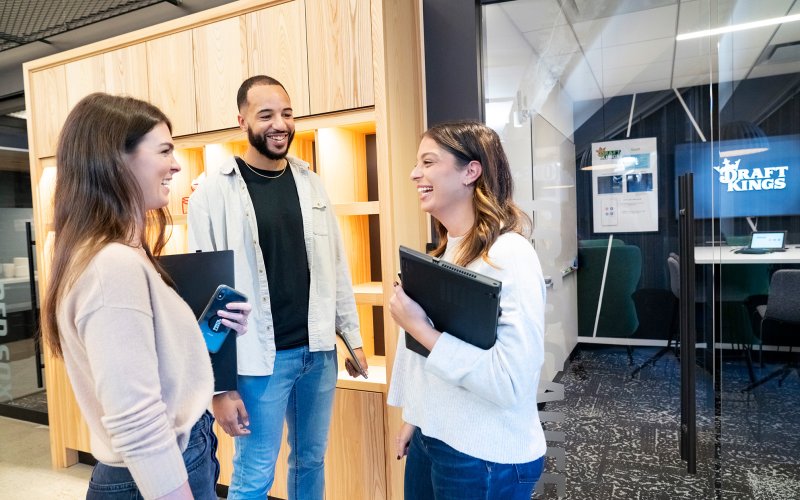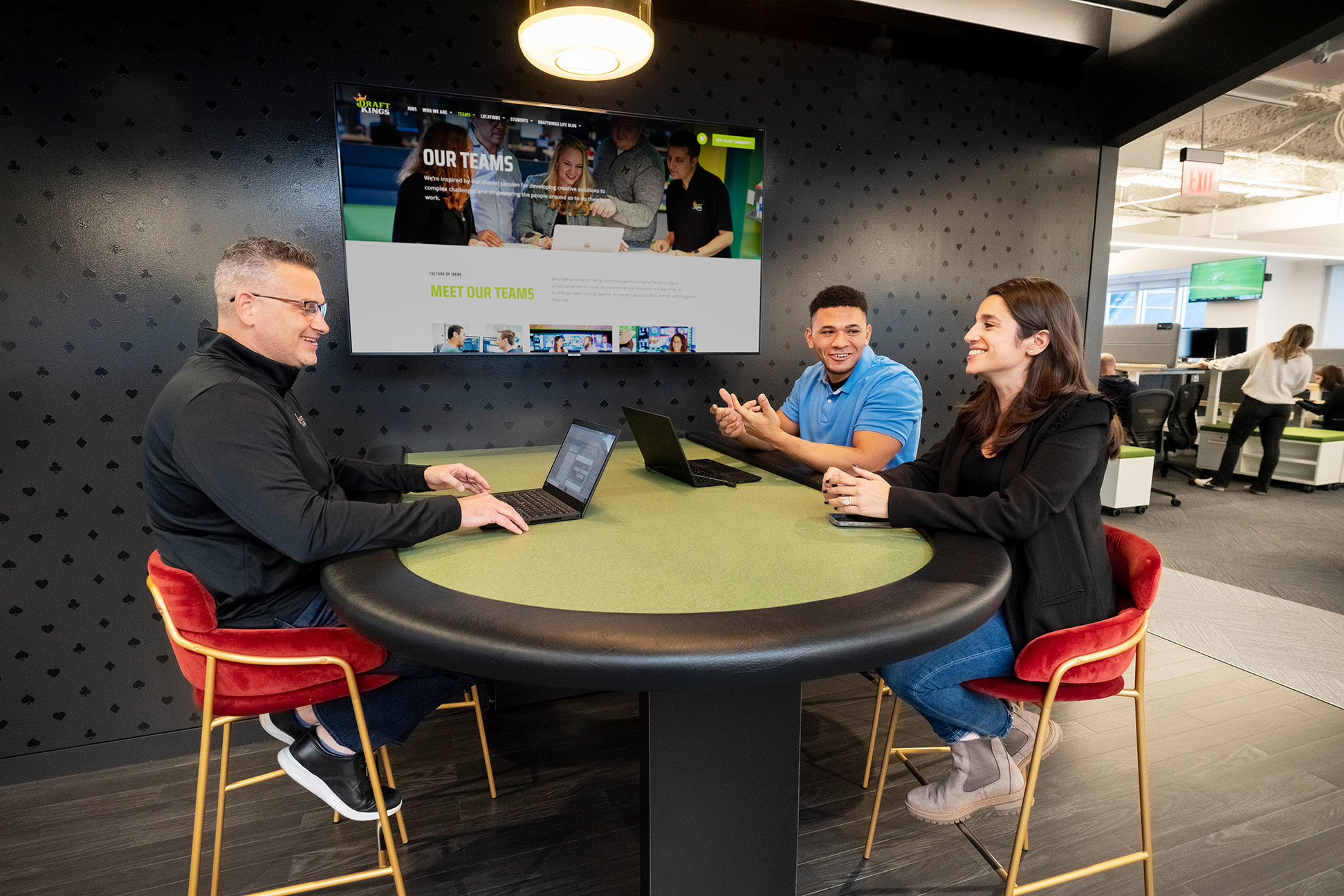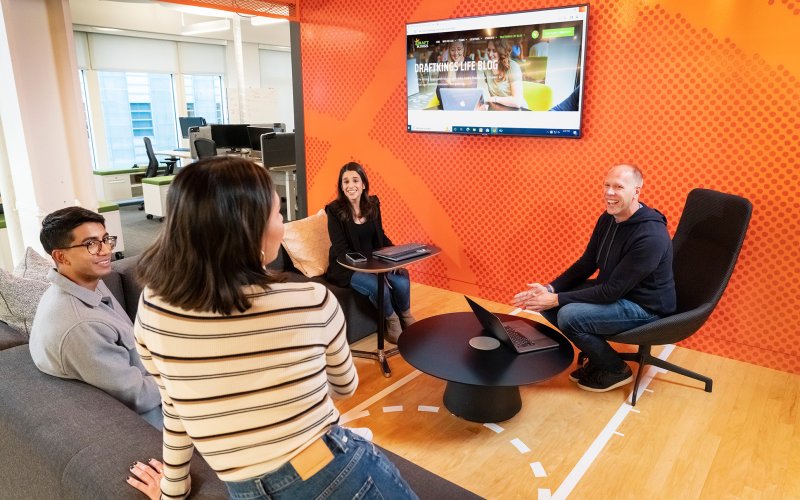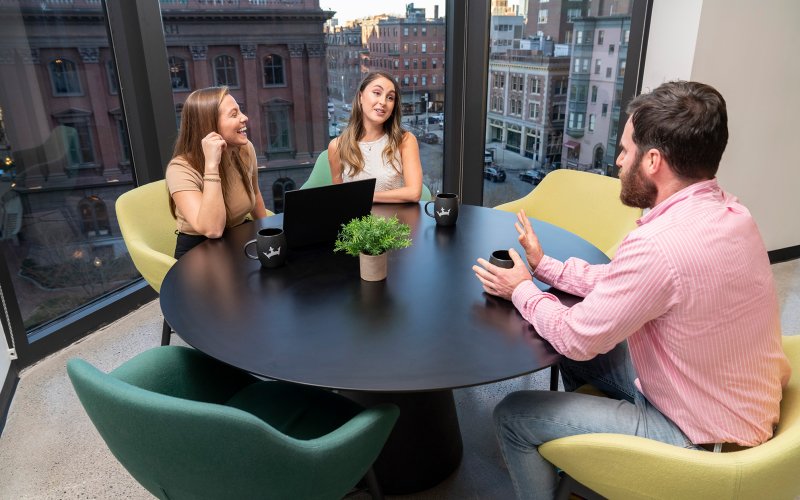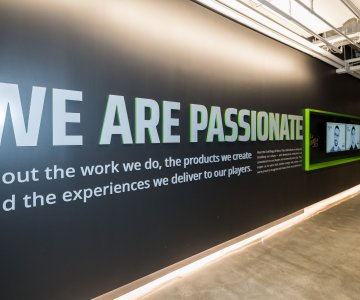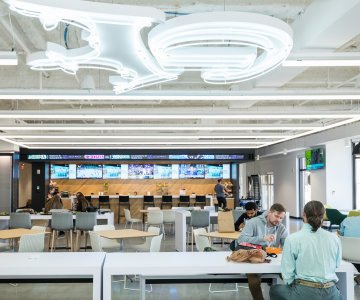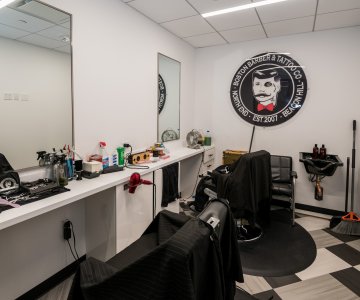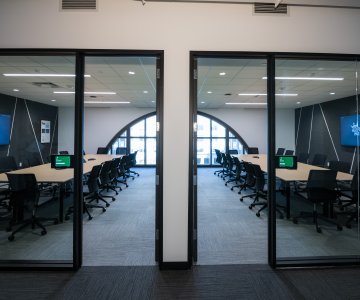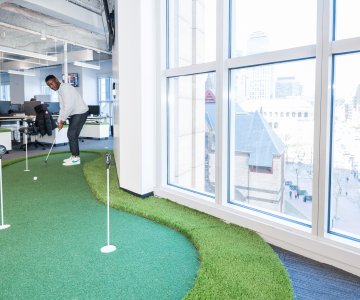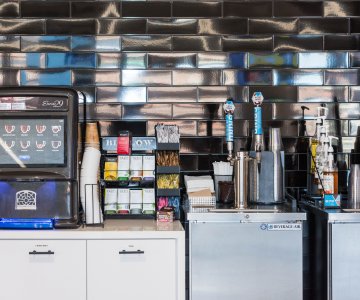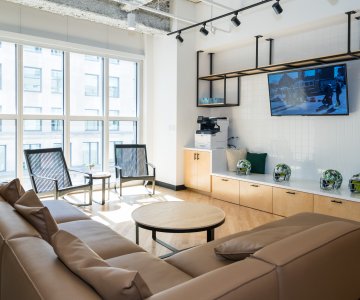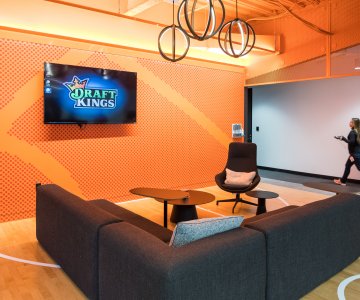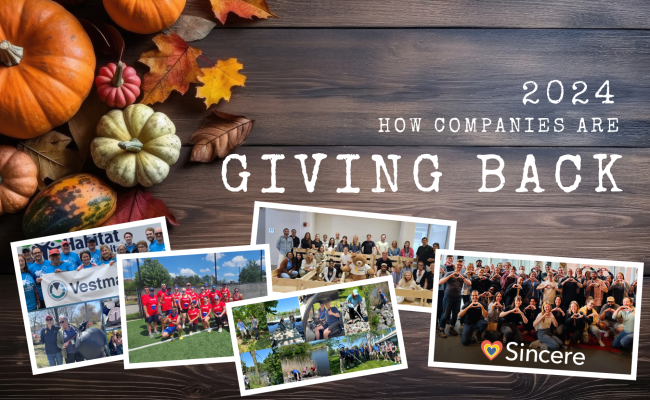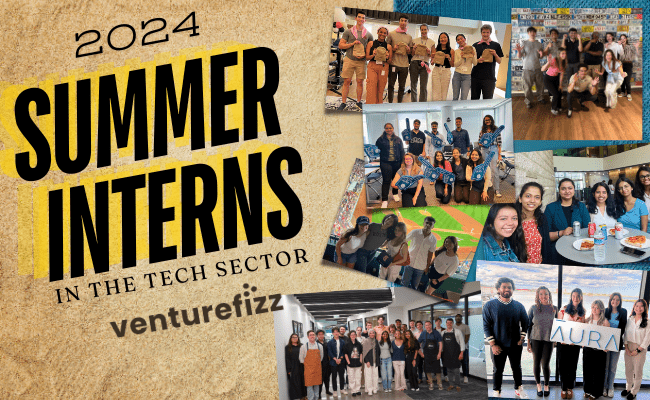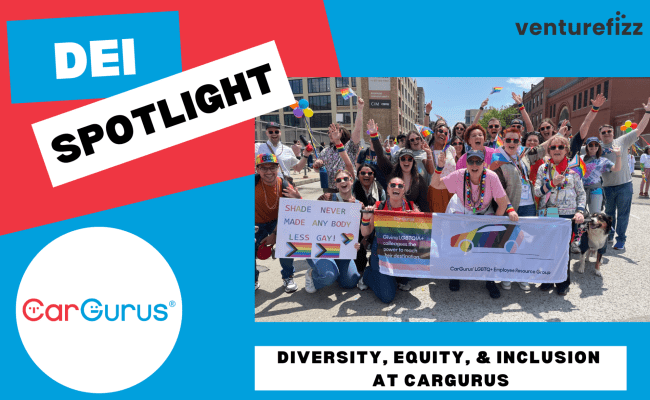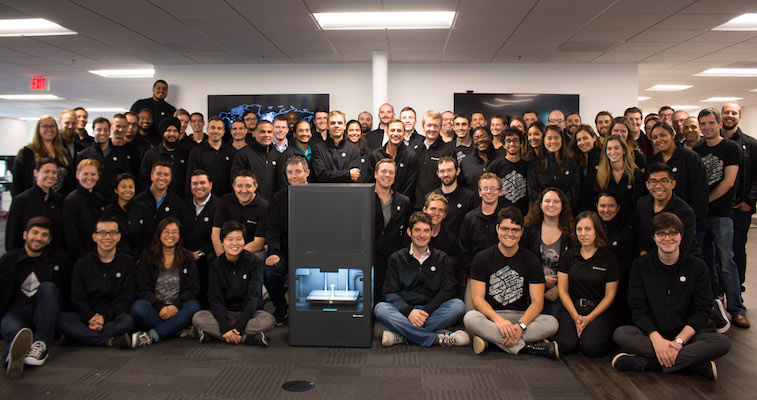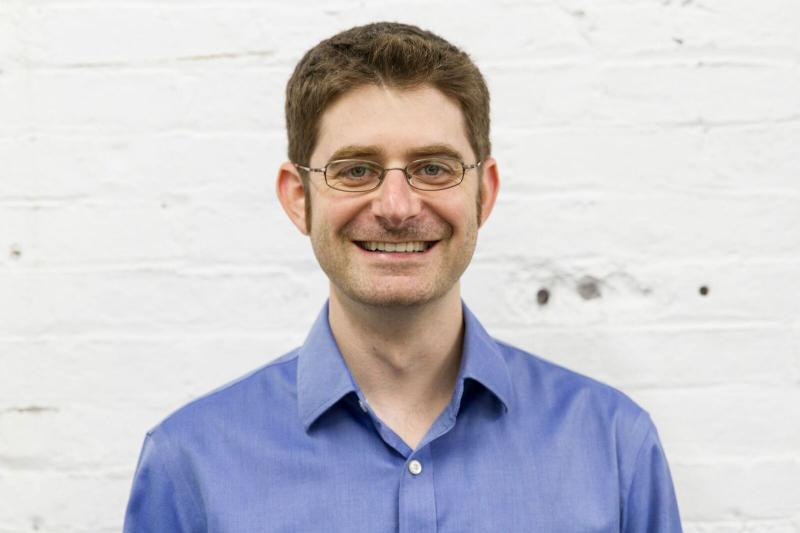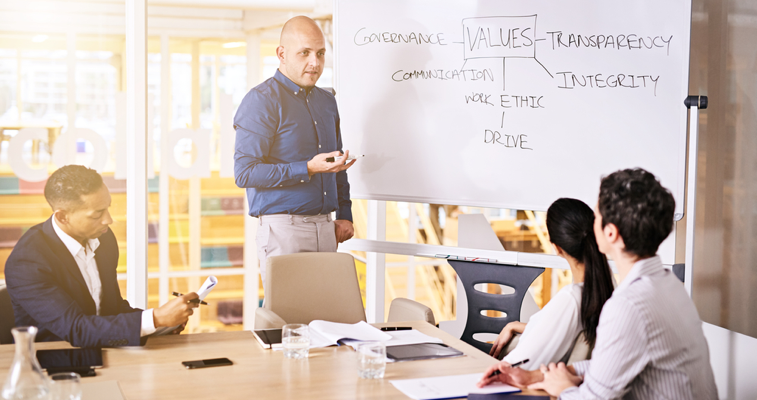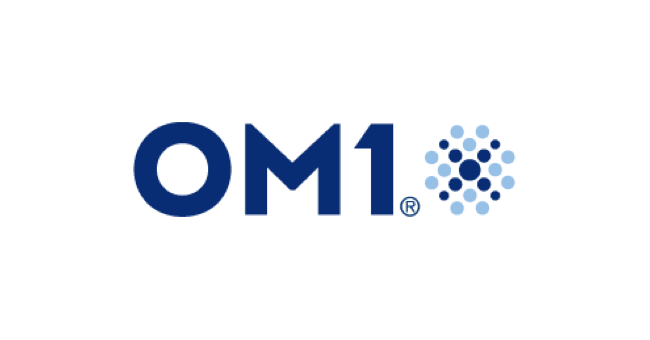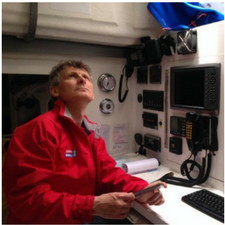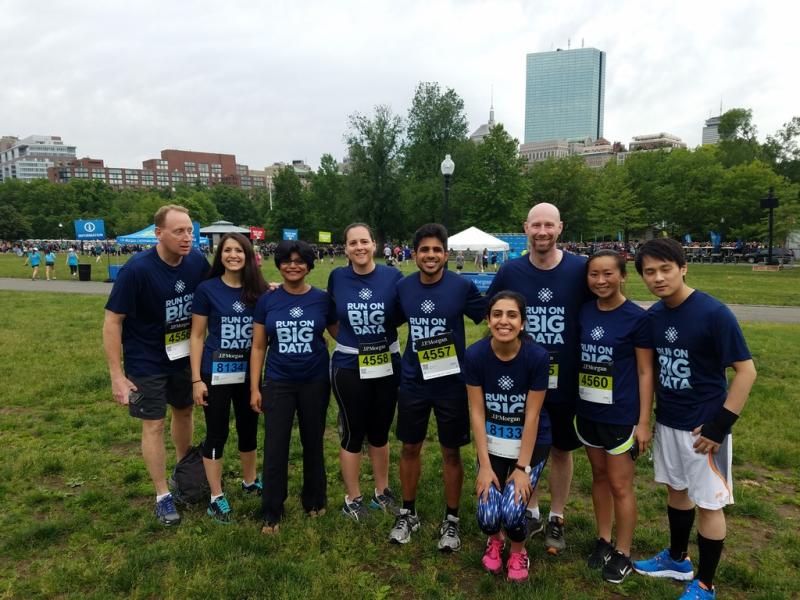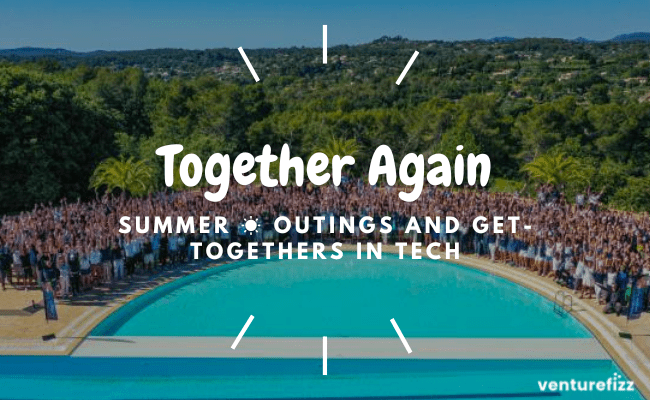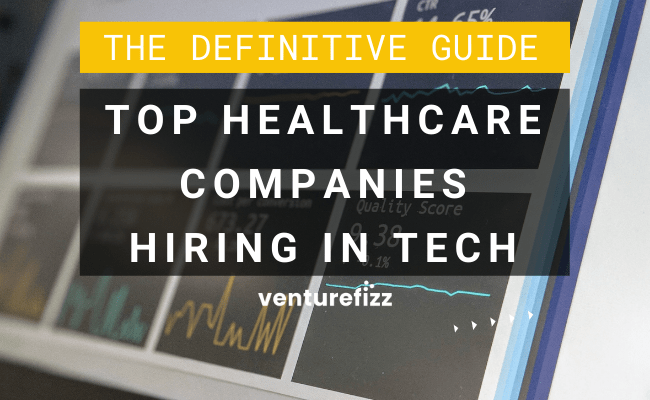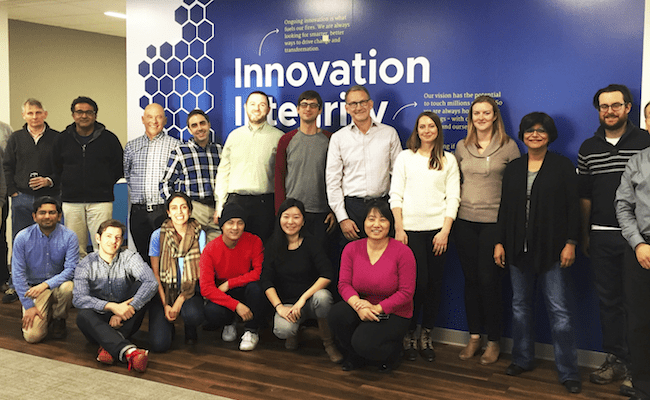“And by the way, everything in life is writable about if you have the outgoing guts to do it, and the imagination to improvise. The worst enemy to creativity is self-doubt.” - Sylvia Plath
What Plath says doesn’t just relate to writing or the creative arts; it resonates with just about any activity that requires us to put ourselves out there and try something new. And while a fair number of people choose to primarily operate within their comfort zones to control their feelings of self-doubt, there is no question doing so holds you back from truly seizing all of the opportunities in life.
Awards season is upon us, and each weekend we are treated to people in the arts celebrating their achievements. Of course, the glamour and performances are what draw me in to watch, but I also tend to pay a lot of attention to why someone won. Did they transform themselves into a completely unrecognizable character from how we previously viewed them? Maybe it’s because they were able to draw us away from our everyday lives, and completely transport us into their story for two hours. Meryl Streep has built an unparalleled career taking these kinds of risks. And as I watch all these actors take the stage to accept their awards, it struck me about the people in real life: Are each of us playing the lead role - or the supporting role - in the movie of our own lives?
Self-doubt can cripple us at work, as well as in life. It can hold us back from pursuing opportunities, getting started on a project, or getting work over the finish line. Of course, self-awareness to assess where our limitations are is vital in helping us identify where we need to supplement skills or develop ourselves. Mostly, however, it can just plain hold us back from achieving the life we desire to have.
How can we cast that self-doubt aside, shed that “supporting actor” role, and step up to play the lead character in our own lives? Read on for a handful of strategies to aid you in getting onto center stage.
DON’T UNDERMINE YOURSELF
With few exceptions, nearly every person on the planet has moments when they are confronted by an inner voice of self-doubt. And yet, you can control it. When those feelings rise to the surface, act quickly to prevent them from quickly unraveling your momentum forward. Whether it’s literally taking a deep breath and telling yourself you just refuse to let this happen again, or asking a trusted friend to provide a much-needed pep talk, it is critical to nip that doubting thought pattern in the bud and prevent that inner self-doubt from taking you down the rat hole.
REFLECT ON THE PAST
One of my most used phrases to those struggling with self-doubt has become, “What is the worst that can happen?” Often, we let our minds spiral to a dark place about what could happen rather than reflect on our history of what has happened. Rarely is anything the epic fail we concocted in our heads. Instead, push away those gremlins of self-doubt that keep you shackled in your comfort zone by considering just what exactly huge failure would look like. Then work backward from that and create a plan to accomplish your vision, tackling those potential stumbling blocks head on to best prevent them. When you find ways to push past those obstacles, you’ll often realize it’s never as bad as you are envisioning it in your head. If you reflect on when you’ve achieved this in the past, you just might remember the positive outcome that came out those situations - which can propel you to do it again. Of course, you’ll see some setbacks along the way, but they are just that. Dust yourself off, learn from why it occurred, and try again. And maybe again if needed. You’ll be so proud of yourself for your resiliency, and for the ability to keep moving forward.
FOCUS ON YOU, NOT OTHERS
Sometimes, all we need is a little perspective and support. Often, we will fuel our feelings of self-doubt through comparison to others, and convince ourselves they will be more successful. In today’s world of social media where everyone is so keen to promote the absolute best versions of themselves to the world, this can wreak havoc on anyone’s self-esteem. And yet, knock it off. Instead, compete against yourself, not others. Judge how far you have come, and what you’ve pushed through to get there. If you commit and focus on your own continuous learning rather than constantly comparing yourself to others, you are far more likely to make progress.
SURROUND YOURSELF WITH POSITIVE REINFORCEMENT
You might elect to hitch your wagon to someone you respect who is living in their stretch zone, and role modeling the behaviors you want to continue to build. Maybe you have a favorite podcast where you are inspired by that person’s optimism and motivation. The point is, surround yourself with people who challenge you to go for it and cheer you on rather than dragging yourself down with the negativity of naysayers.
Each time you step out of the self-doubt and take an incremental step forward, pat yourself on the back for getting closer to your goal. Hopefully, if you’ve hit stumbling blocks, you’ve embraced course-correction and resiliency as opposed to letting yourself spiral back down into self-doubt and give up. If you want to subscribe to the mentality of “life is not a dress rehearsal,” it requires you to summon your courage and not be afraid to step out in front and confront your feelings of self-doubt. This has nothing to do with being an introvert or extrovert, and everything to do with living the life you imagine for yourself. Deep down, I can’t fathom that anyone would ever want to play a supporting character in the movie of their life. Rather, take control of that which holds you back, and get ready to take the leading role. You might never win an Academy Award, but you just might find yourself achieving the life you truly envision for yourself.
Christina Luconi is Chief People Officer for Rapid7. Follow her on Twitter: @peopleinnovator.

